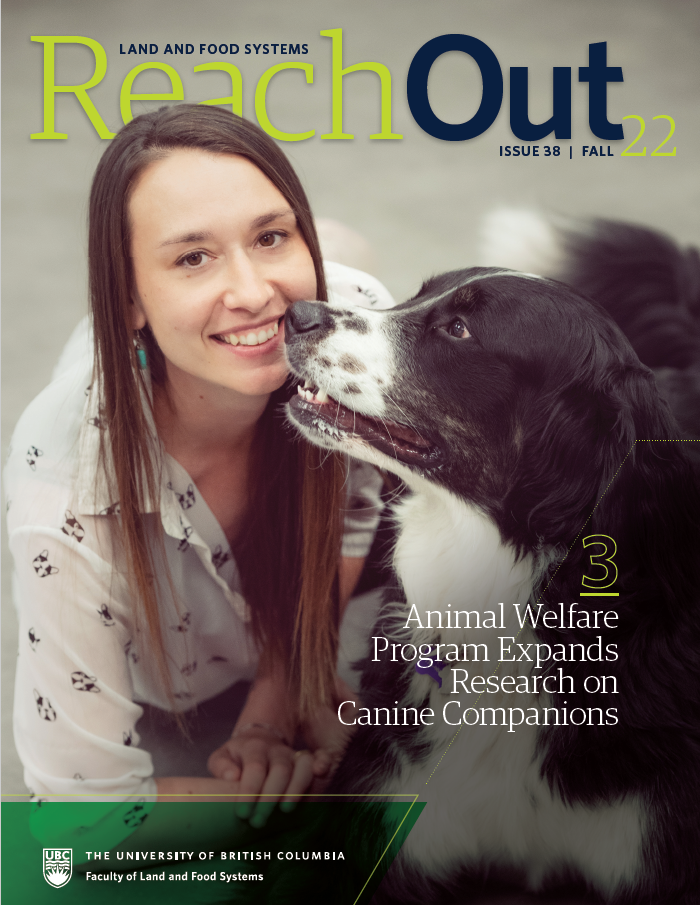Retiring Faculty Member: David McArthur

David McArthur retires this year and reflects on his research and career at UBC. In 1995, he started as a Research Associate in Plant Science with berry industry and government grants. Gradually, McArthur transitioned to a Lecturer position teaching Agroecology 1 & 2, Horticulture, Horticultural Techniques, and Wine Science 1 & 2.
What was your area of research?
My master’s thesis at UBC (MSc Horticulture 1987) researched the interactive effects of nutrition and gibberellins on cranberry and strawberry growth and fruiting. At University of Alberta (PhD Plant Physiology 1992), I researched the morphology, growth and physiology of arbuscular mycorrhizae potato. I continued researching mycorrhizae with confocal laser scanning microscopy as a postdoctoral fellow until 1995. As a postdoctoral fellow at UBC starting in 1995, I continued my cranberry research, focussing on hormone/floral physiology.
What achievements make you proud?
My later cranberry research showed decreasing daylength was the environmental stimulus for floral induction and this was inhibited by gibberellins. Floral induction was prevented by the presence of gibberellins (applied or endogenous) in apices. I presented a model for the mechanism of biennial-bearing of cranberry shoots. Shoots with seeded fruit had relatively high gibberellin and amylase levels in their apical zone (GA3 promotes amylase activity and growth). Gibberellins from seeds could cause inhibition of floral induction in fruiting shoots – hence, the biennial bearing pattern.
Also, I brought many experiential learning opportunities to students. Students learned tree physiology, grafted and pruned their own apple trees. They studied methods at berry and organic vegetable farms, ranches, greenhouses, and then designed sustainable agroecosystems.
Were you able to influence people or create positive change in your field?
My research on floral induction helped target the focus of genetic studies/breeding programs of cranberry to enhance factors promoting floral bud set.
I consulted with the BC Vintners Quality Alliance program, set up a modified “wine judge” training program and trained new judges for many years, helping to maintain B.C.’s reputation for “fine wine.”
In Wine Science, learning about both the perils of alcohol and pleasures of wine appreciation perhaps provided many enthusiastic students a useful perspective.
